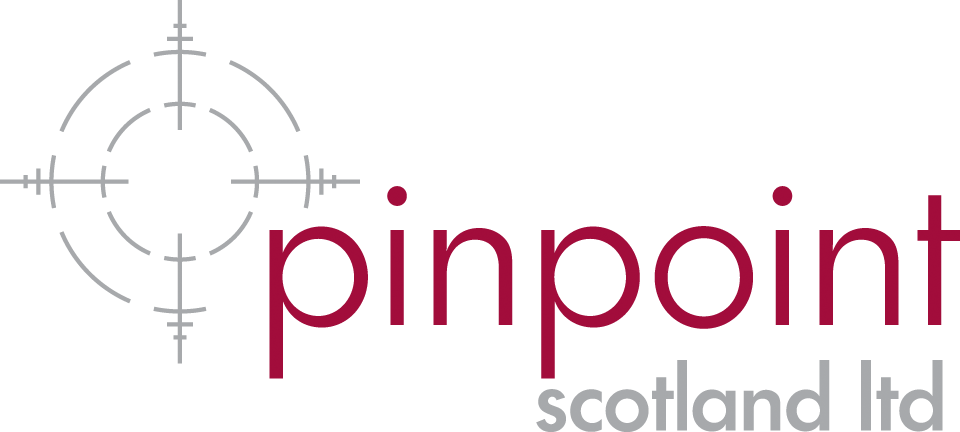Studying for this exam makes one wonder how there is so much to know about such a small organ.
The FRCOphth Part 1 examination is notorious for its low pass rate, with only 20–40% of candidates succeeding at each sitting. Many of us enter the preparation period with the mindset that we are more likely to fail than to succeed. It is also not uncommon to hear about successful candidates who had to attempt the exam multiple times.
Examples of common feedback on the exam are: “There were many topics tested which were not available in textbooks or question banks.” “I found that there was more than one correct answer for many questions.” “I don’t think I will pass.” It may seem like the FRCOphth Part 1 examines a range of ludicrous subjects, but it also indirectly tests a person’s discipline, grit and time management.
This article focuses on dispelling misconceptions about FRCOphth Part 1 and providing clarity on its nature of exam style. Having passed comfortably on the first attempt, I will share what I found most useful, including the best tips I received from other successful candidates.
The exam comprises two 90-question papers, each lasting two hours. The topics tested include anatomy, embryology, optics, pathology, pharmacology, genetics, physiology, statistics, epidemiology, and investigations.
Preparation duration
We all adopt different revision methods – some prefer last minute sprints whereas some thrive on short, consistent sessions. Generally, anywhere between 3–6 months is appropriate depending on your life commitments.
Question banks
- Eyedocs: Bread and butter. Despite question style being different from the exam, pay close attention to their explanations, especially for topics such as statistics. They have a large question bank so start attempting the questions early.
- Ophthobank closely mirrors the exam format. It’s a shame their question bank remains small. However, they have excellent diagrams for learning important topics. There were also quite a few questions from here which appeared in the actual exam.
- 400 SBAs and CRQs by Hall N, Peden R (2016): This book had excellent explanations and several questions from the book which appeared in the actual exam.
"The key to passing is mastering the non-negotiable topics well, allowing leeway for encountering harder and unexpected questions"
Predictable topics
Anatomy (~25/180 questions)
Snell, et al.’s Clinical Anatomy of the Eye – Understanding and remembering the information in this book is all you need for this topic. Anatomy is a topic which tends to have few curveballs, and this should be taken advantage of.
Optics (~40/180 questions)
Elkington, et al.’s Clinical Optics and/or Basic and Clinical Science Course, Section 03 by AAO – Elkington should be your primary focus as questions could come directly from the book. This book is great in that almost every word is important, so you will hardly waste time learning unnecessary information. The key to doing well in optics is to truly understand concepts rather than rote learning.
Statistics and epidemiology (~25/180 questions)
Ophthobank, Eyedocs and Ferris, et al.’s Basic Sciences in Ophthalmology – All are excellent choices for doing well in this topic. Most of the topics tested are covered in these study materials. Thankfully, only basic statistical concepts are tested in FRCOphth Part 1.
Investigations (~20/180 questions)
Investigations overlaps with many other topics, so maintaining focus on investigations when you come across them in optics, genetics, microbiology and pathology, etc. is crucial. Apart from the textbooks mentioned in this article, both Ophthobank and Eyedocs were very helpful.
Other topics
Pathology (~30/180 questions)
This topic consists of pathology, microbiology and immunology. Ferris, Forrester and question banks were sufficient in covering most of pathology and microbiology. Ferris and YouTube (Ninja Nerd) were helpful in understanding the basics in ophthalmic and general immunology.
Pharmacology and genetics (~15/180 questions)
For pharmacology, both Ferris and Basic and Clinical Science Course, Section 02 (AAO) covered most. Both Ophthobank and Eyedocs were helpful for practise.
Embryology (~8/180 questions)
There were about 6–8 questions on embryology I recommend not spending excessive time on lengthy chapters in textbooks.
Crucial information includes topics on neural crest, neuroectoderm and surface ectoderm. I also used this website https://www.eophtha.com/posts/embryology-of-eye which I found helpful in understanding the development of the eye and congenital abnormalities. Occasionally, non-ophthalmology questions may get asked here and these are completely unpredictable so do not get thrown off should this happen.
Physiology
Ferris, Ophthobank and Eyedocs are good resources.
Summary
It is often said that “excellence is achieved through the mastery of many small tasks.” Mastering the extensive syllabus tested in the FRCOphth Part 1 exam is undoubtedly challenging. However, success can be attained by approaching each subtopic methodically, utilising the above resources effectively, and employing proven study techniques like active recall and spaced repetition. Ultimately, have faith in the process, and remember that diligent effort is always rewarded. You have overcome many past hurdles to get to where you are, and this hurdle is no different.
RESOURCE LIST
1. Ophthobank – www.ophthobank.com
2. Eyedocs – www.eyedocs.co.uk
3. Ferris J. Basic Sciences in Ophthalmology: A self assessment text. Wiley-Blackwell; 1999.
4. Snell RS, Lemp MA. Clinical Anatomy of the Eye. Blackwell Science; 1997.
5. Forrester JV, Dick AD, McMenamin PG, et al. The Eye: Basic Sciences in Practice, Fourth Edn. Saunders Ltd; 2016.
6. Elkington AR, Frank HJ, Greaney MJ. Clinical Optics, Third edn. Wiley-Blackwell; 1999.
7. Basic and Clinical Science Course, Section 03: Clinical Optics and Vision Rehabilitation. American Academy of Ophthalmology.
https://store.aao.org/clinical-education/product-line/
bcsc-reg-basic-and-clinical-science-course.html
8. Basic and Clinical Science Course, Section 02: Fundamentals and Principles of Ophthalmology. American Academy of Ophthalmology.
https://store.aao.org/basic-and-clinical-science-course
-section-02-fundamentals-and-principles-of-ophthalmology.html
9. 400 SBAs and CRQs by Hall N, Peden R (2016).
Declaration of competing interests: None declared.









